Chosen Animal: Axolotl
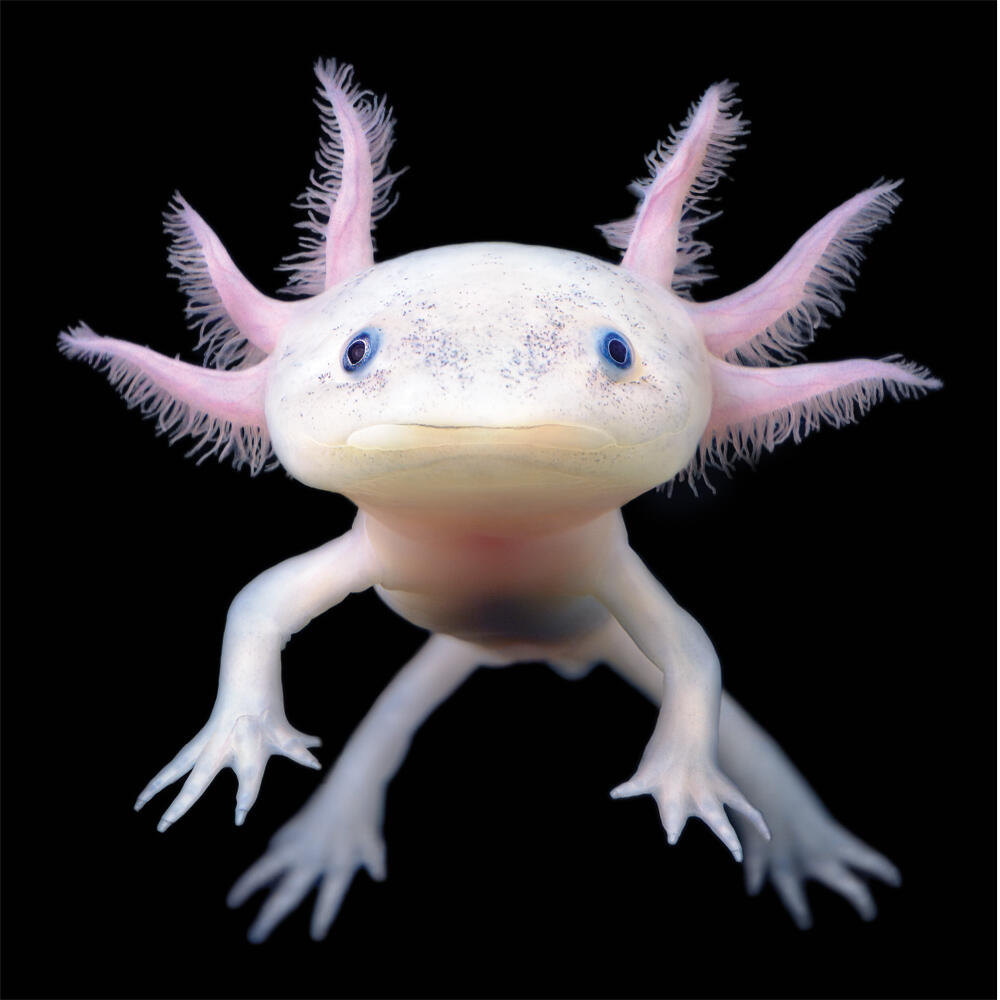
Final Prototype
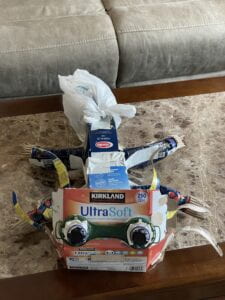
The Axolotl
The Axolotl is native to Mexico and has the name origin of the Aztec god of fire and lightning, Xolotl. Legend has it that Xolotl disguised himself as a salamander to avoid becoming sacrificed. They are amphibians that have very impressive abilities of regrowing any limbs that they may have lost. They also have the ability to stay “young” all their life, because they go through a phenomenon called “neotony,” which is the ability to never grow out past their larval phase. Due to this, they have very youthful features. They also have a unique resistance to developing cancerous masses.
Endangered Status
Over the years, axolotls have become a critically endangered species. Many factors have influenced this radical change. These factors include: water pollution, overfishing, habitat loss, and invasive species. Due to the rapid development of Mexico City, there has been a huge increase in water pollution, which has made same areas inhospitable for sea life. In Mexico City, there is a huge demand for axolotl, which is why overfishing has become a huge threat for the axolotl species. Once again, due to the development of Mexico City, there have been been huge swathes of the Xochimilco lake and Lake Chalco become completely drained, forcing axolotl to deal with habitat loss. Animals, such as perch and tilapia have become invasive species in the axolotl’s remaining habitat, which have led to the species’ population declining rapidly.
The Process
Materials I Found
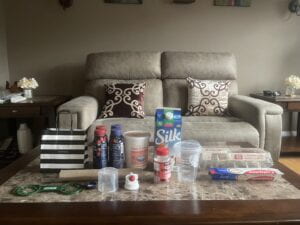
- Sephora Bag – Plastic Detergent Cup
- Cardboard Tube – Detergent Pouring Cup
- Plastic Bottle Holder – Milk Carton
- Chobani Plastic Bottles – Plastic Yogurt Container
- Starbucks Cup – Plastic Vitamin Bottle
- Egg Carton – Cardboard Toothpaste Container
Sketches
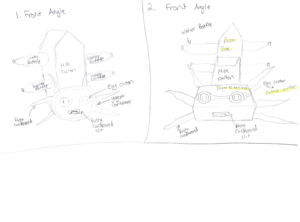
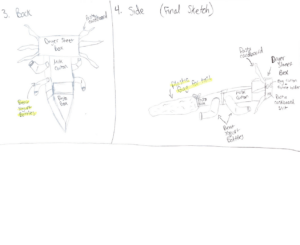
My sketch iterations stayed relatively similar, but I highlighted the changes I made in each new sketch. For example, I changed the yogurt container to a dryer sheet box. I also added more on the eyes, so instead of only using an egg carton, I added a bottle container as well. The arms/legs of the original sketch were supposed to be water bottles, but instead I used plastic yogurt bottles and bent them to make them look less stiff. Lastly, I still felt as if the prototype looked unfinished so I added a plastic bag at the end for a fluid tail movement.
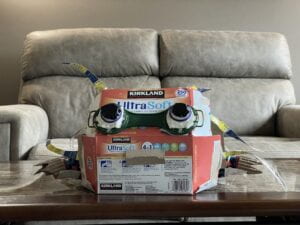
For its face, I created each feature by taping a dryer sheet box to a yogurt container, adding a bottle carrier, egg carton, and bottle sealer with white and black duct tape to create the eyes. For the antennae, I cut pieces of cardboard from a pasta box and made little cuts along the edges to get a hairy texture. Finally, for the mouth, I used the original slit from the pasta box that opens and closes the box, because they have a very thin looking mouth.
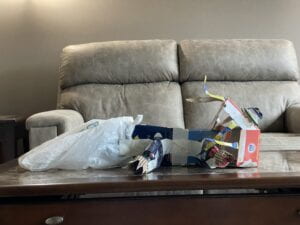
This side angle displays the body: milk carton, pasta box, and plastic bag. It also shows the legs: Chobani plastic bottles (bent for less stiffness) and cardboard hands/feet made with corrugated cardboard. It was interesting to see how I could manipulate the plastic bottles to look more lifelike by bending them. I also enjoyed the process of corrugating the cardboard to have a flimsier texture to closely represent real axolotl hands and feet.
Close Ups
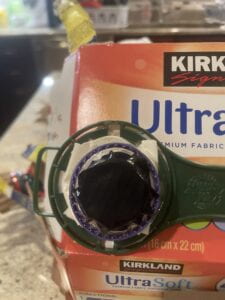
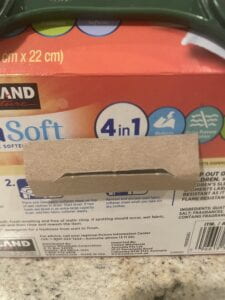
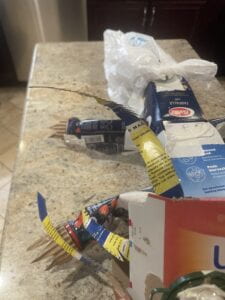
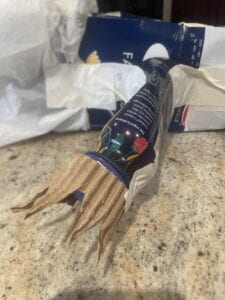
Overall
This project was originally very intimidating to me. I am very used to thinking logically, but it felt rewarding to trust the process. I had a rough time sketching the drawings, but as I started to physically combine the recycled objects together, I felt more confident in realizing what to draw. I made the axolotl bigger than its original size because I think showing its size in a different way makes people realize that even though they are small, they are important and deserve respect and help just like every other endangered animal. I also struggled a lot with the process of assembling each object together. I relied a lot on duct tape for the most part. I do not like the way that I taped it together, because it does not look as professional. However, I think duct tape is a good metaphor to represent how broken their habitat has become, and the viewer of the art should see the damage and take action to help them become thriving species. I believe this project taught me how to be resourceful, and it was also a great learning opportunity to start hands-on work with prototyping.